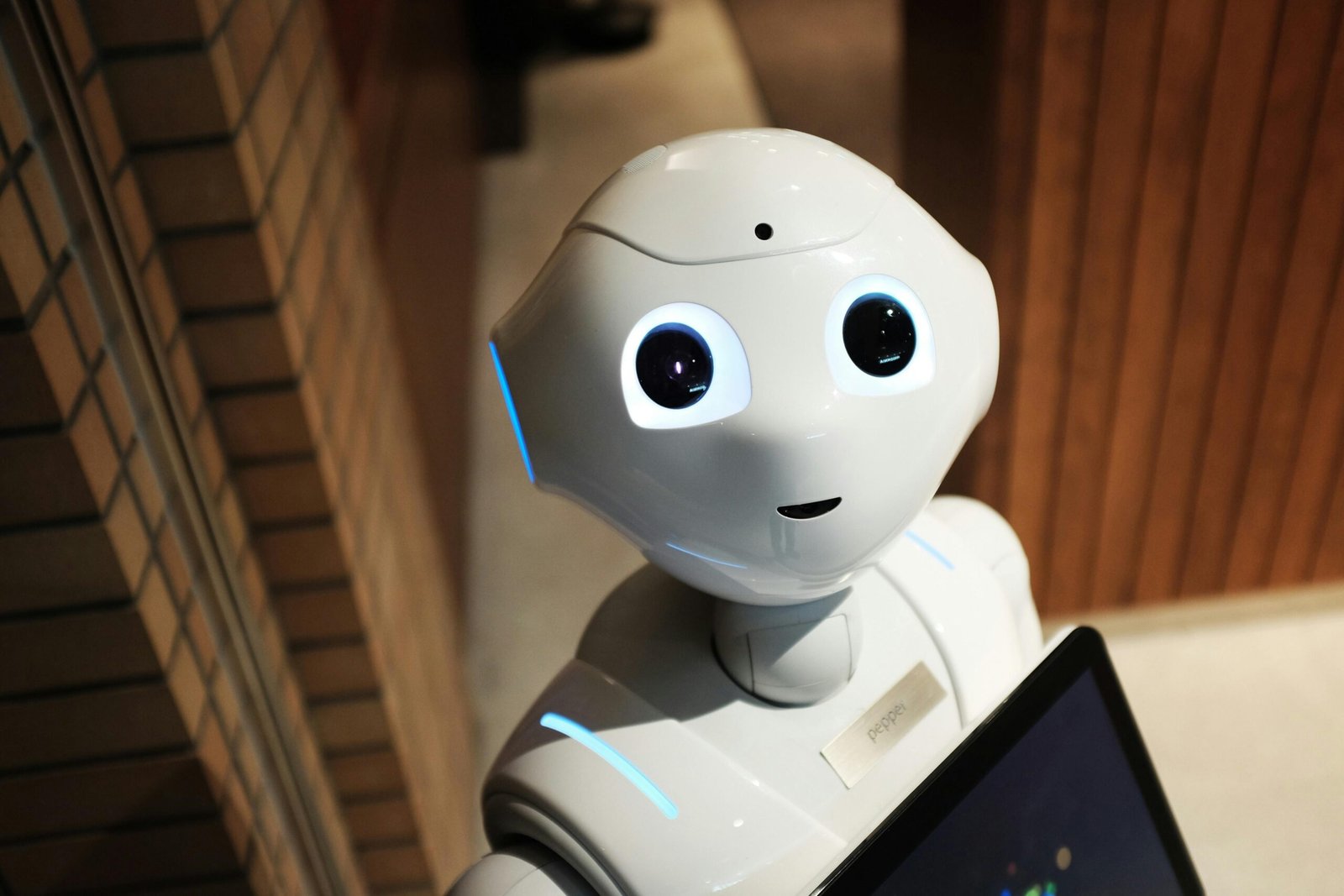Character AI: Transforming Interactions and Storytelling
Artificial Intelligence (AI) has brought many changes to our lives, and one of the most exciting is Character AI.

Artificial Intelligence (AI) has brought many changes to our lives, and one of the most exciting is Character AI.
This technology allows us to interact with virtual characters in ways that feel real and natural.
Whether it’s for fun, learning, or customer service, Character AI is reshaping how we connect with digital entities. This article explores what Character AI is, how it works, and its impact on our interactions with technology.
What is Character AI?
Character AI is a type of AI designed to act like human characters. These systems can be avatars, chatbots, or voice assistants capable of understanding and responding to human language, gestures, and emotions.
The main technology behind Character AI includes Natural Language Processing (NLP), machine learning, and deep learning algorithms. These tools help the AI learn from interactions, making it better and more lifelike over time.
When I first used Character AI, I was amazed by how natural and responsive it felt.
It wasn’t just about pre-set responses; the AI seemed to grasp the context, tone, and even subtle cues like humour or sarcasm.
This experience showed me how Character AI could bring humans and machines closer together in ways we hadn’t seen before.
The Growth of Character AI
Character AI started with simple chatbots that answered basic questions or performed tasks. Early versions were often rigid, with mechanical responses.
But with advancements in AI, we now have more advanced characters that can engage in dynamic conversations.
In gaming, Character AI is used to create non-playable characters (NPCs) that react in real-time to player actions, making the game more immersive.
These NPCs can change their behaviour based on the player’s choices, offering unique and personalized experiences.
In the film industry, Character AI creates digital actors that perform alongside human actors, blurring the line between reality and fiction.
Uses of Character AI
Character AI is being used in various industries to improve user experiences:
Entertainment: Character AI is widely used in entertainment. Virtual influencers, powered by Character AI, have become popular on social media, interacting with followers, endorsing products, and sharing stories. These AI personalities can engage with fans in real time, making them seem almost human.
In video games, Character AI creates lifelike characters that players can interact with. These characters remember past interactions, react to situations, and even form relationships with players, making the gaming experience more engaging and immersive. Their ability to evolve based on the player’s behaviour shows the power of Character AI.
Customer Service: In customer service, Character AI has changed how businesses interact with customers. AI-driven chatbots and virtual assistants handle tasks like answering questions and offering personalized recommendations.
These AI characters are available 24/7, providing immediate assistance and improving customer satisfaction. I once used a website’s chatbot to figure out the sizing of a product.
The AI assistant asked the right questions, guided me through the sizing chart, and even recommended styles based on my previous purchases. The interaction was smooth, and I almost forgot I was talking to an AI, not a human.
Education: Character AI is making strides in education, too. Virtual tutors, powered by AI, provide personalized learning experiences. These tutors adapt to each student’s pace, offer resources, and give real-time feedback on assignments.
This personalized approach helps students learn more effectively. Additionally, Character AI is used in educational simulations where students interact with virtual characters in real-life scenarios.
For example, medical students can practice on virtual patients who show symptoms and respond to treatments in real-time. This hands-on learning, supported by Character AI, prepares students for real-world challenges.

How Character AI Works
Character AI uses complex technology involving layers of AI and machine learning. At its core, Character AI relies on Natural Language Processing (NLP) to understand and generate human language. NLP helps the AI understand the context and create relevant responses.
Machine learning algorithms train the AI on large datasets, including text conversations, voice recordings, and video footage. The AI learns from this data, identifying patterns and improving its responses over time. Deep learning allows AI to simulate complex human behaviours and emotions.
For example, an AI character designed for customer service would be trained on thousands of customer interactions. The AI learns how to handle common queries, detect emotions, and provide appropriate responses. Over time, it becomes better at handling even the most complex issues.
Read An Amazing Article by Clicking Here: Understanding Ampak Technology and the Mysterious Unknown Device
The Role of Emotions in Character AI
One of the most interesting aspects of Character AI is its ability to simulate emotions. Emotional intelligence is key to human interaction, and when AI characters recognize emotions, they become more relatable. Character AI can detect emotional cues like tone of voice or word choice and respond accordingly.
For example, if a user is frustrated, the AI can sense this and offer more empathetic responses, helping to calm the user. This emotional adaptability makes interactions with Character AI feel more natural and human.
I’ve found interacting with emotionally intelligent AI characters to be surprisingly comforting. There have been times when I was stressed and chatted with an AI character, not expecting much.
Challenges and Ethical Concerns
While Character AI is impressive, it comes with ethical and practical challenges. One concern is the potential for AI characters to be used in ways that manipulate or deceive users. If an AI character is too lifelike, users might struggle to distinguish between interacting with a human and an AI, raising trust and authenticity issues.
Privacy is another concern. Character AI systems often need access to personal data to function effectively. This data includes user interactions, preferences, and emotional responses. It’s important to ensure this data is used responsibly to maintain user trust.
There’s also the risk of dependency. As Character AI becomes more integrated into our lives, people might rely too much on these virtual characters for social interaction, leading to a decline in human-to-human communication.
I experienced this when I used an AI-driven assistant to manage my schedule. The assistant was efficient, but I noticed I started relying on it even for simple tasks. This made me realize the importance of balancing how much we delegate to AI.

The Future of Character AI
The future of Character AI is full of possibilities. As technology evolves, we’ll see even more advanced and lifelike AI characters. These characters will likely become a regular part of our lives, helping us with everything from work to leisure.
In entertainment, we might see AI characters that are indistinguishable from real actors, leading to new forms of storytelling. In education, Character AI could provide personalized learning experiences tailored to each student’s needs. And in customer service, AI characters could become the norm, offering instant support around the clock.
However, it’s crucial to approach the development of Character AI with care. Ensuring these technologies are used ethically and responsibly is key to unlocking their full potential without compromising user trust or privacy.
In summary, Character AI is an amazing technology that’s changing how we interact with machines. From entertainment to education, its uses are vast, offering new ways to engage with digital content. While there are challenges to address, the future of Character AI is bright, promising a world where our interactions with machines feel more human than ever before.









